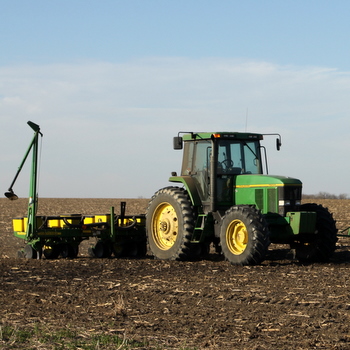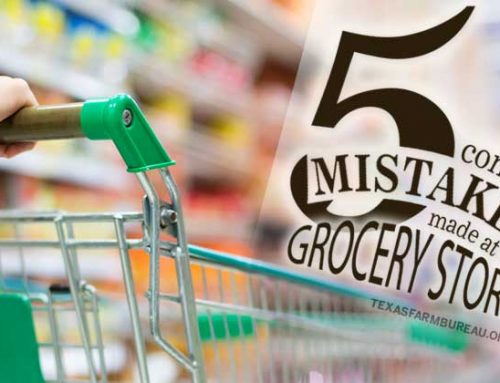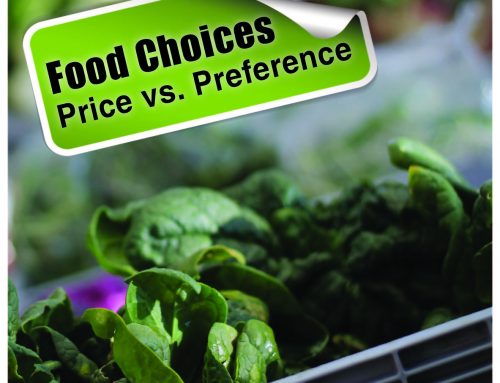By Amanda Hill
It’s an election year and, even just a few months in, we’re all hearing messages of government spending, the federal deficit and our annual budget. Part of that conversation is the farm bill, which is scheduled to be updated this year by the Senate and House agriculture committees.
Sometimes politicians point to the farm bill for savings, claiming that by cutting programs to farmers and ranchers, we can save the country a ton of money. To some, a smaller farm bill is the solution to all of our country’s money problems. But before we start making large cuts to any federal programs (including the farm bill), it’s important to know what those programs actually cover.
Did you know that 75 percent of farm bill funding goes to federal food programs, including the Supplemental Nutrition Assistance Program (SNAP, formally known as the federal food stamp program), school meals and other food nutrition programs? In comparison, only 7 percent is used for what are called commodity programs, or federal assistance for farmers and ranchers.
Actually, if our legislators decided to completely eliminate “farm subsidies,” we would only save one-quarter of 1 percent of our country’s annual budget. To me, that doesn’t seem like very much savings.
A well-balanced farm bill is important for all Americans—not just farmers and ranchers. Not only are there 46 million Americans who receive food assistance through SNAP, but we rely on our farmers and ranchers to provide healthy, safe food at affordable prices.
Commodity programs are a safety net for farmers and protect their businesses from large economic swings from unpredictable events like major drought, floods and other natural disasters. When they are able to stay in business, even in difficult years, they can continue growing food for American families for years to come. As a result, we avoid large price swings at the grocery store, and it’s easier for all of us to maintain our grocery budgets.
As the Senate and House agriculture committees work to write the 2012 Farm Bill, they are working to incorporate $23 billion in voluntary cuts over the next 10 years. From what has been proposed, those cuts will include $15 billion to commodity programs, $4 billion to conservation programs and $4 billion to federal food assistance programs.
Agriculture has been reasonable about our nation’s budget troubles and has offered ways to contribute to the solution. But as the farm bill is written this year, I hope our legislators approach all budget cuts with a dose of common sense—for all of our sake.











Leave A Comment